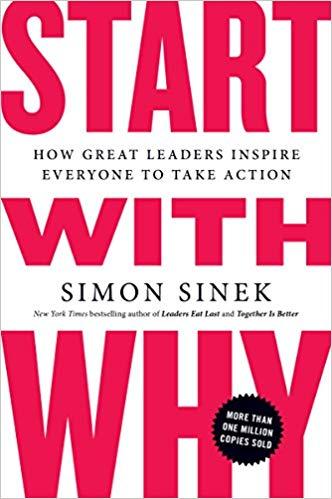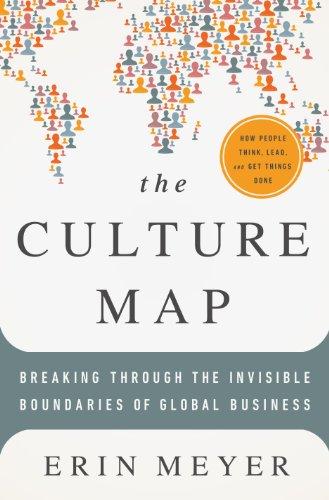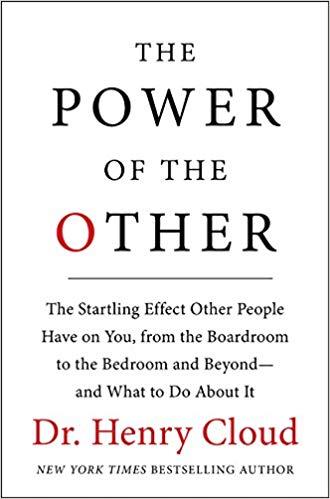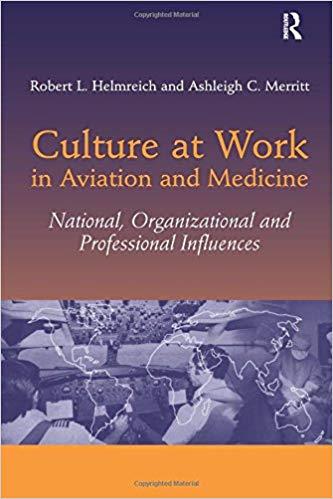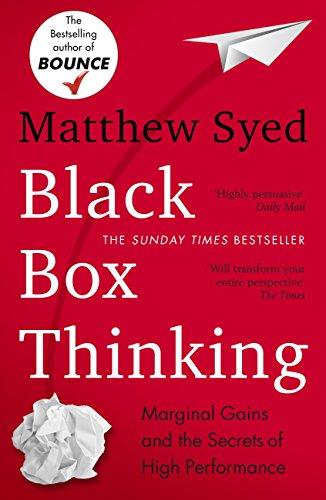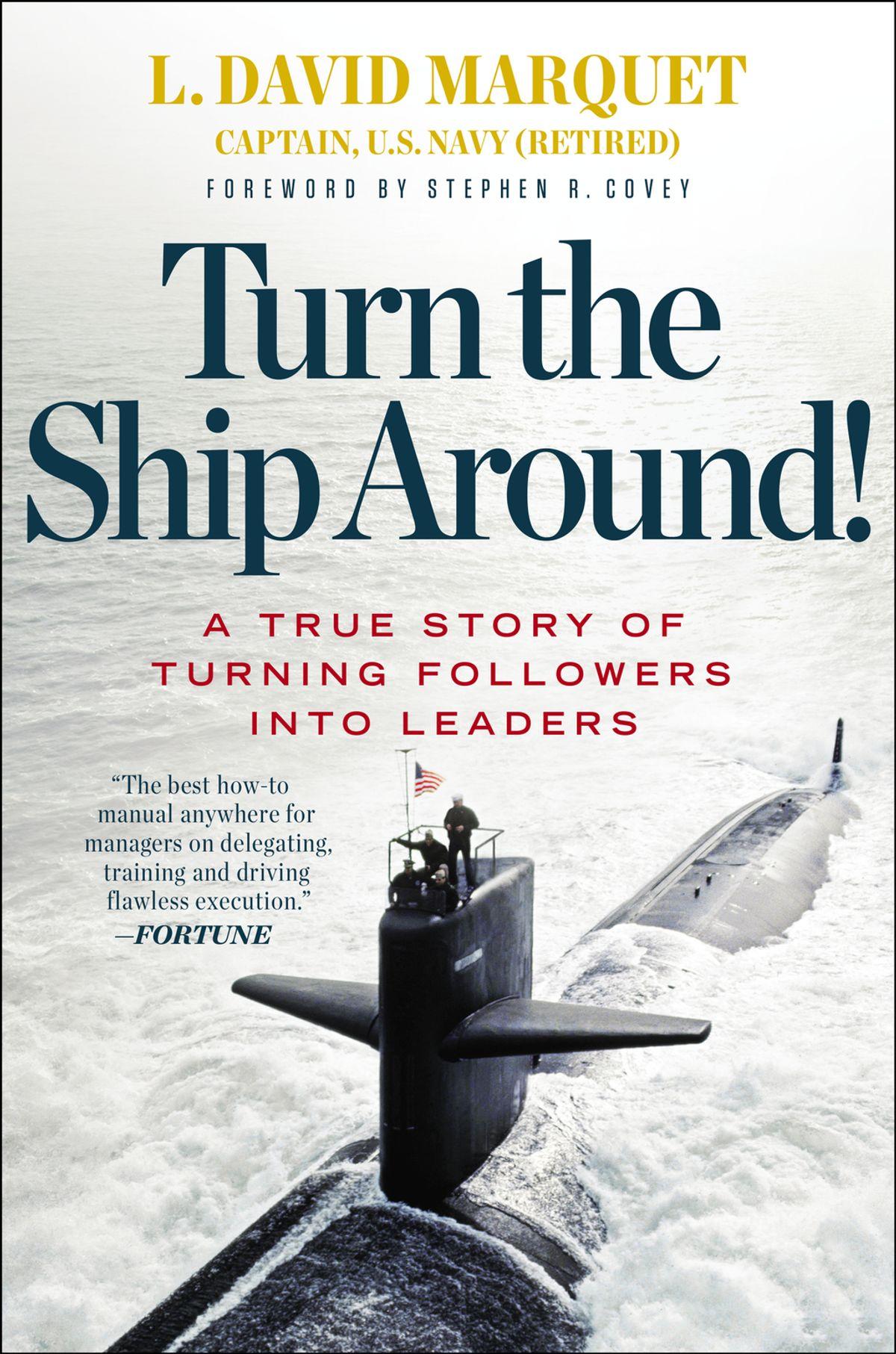Resources
Here you find a selection of books that may help you on your journey…
Alexander Nikendei (Herausgeber, 2022)
“Rettungsdienst Praxisbuch Kommunikation” is a German guidebook that focuses on communication strategies for emergency medical services (EMS) personnel. The book covers the importance of effective communication in emergency situations, both between EMS personnel and with patients and their families. It provides practical tips and techniques for effective communication, such as active listening and adapting communication style to the situation. The book also covers specific communication challenges faced by EMS personnel, such as dealing with patients in distress, communicating with non-native speakers, and handling sensitive information. Overall, the guidebook aims to help EMS personnel improve their communication skills in order to provide better care to patients and support positive outcomes in emergency medical situations. Capt. Mark Roth contributes with a chapter on intercultural communication.
Dr. Andreas Wittmer et al. (2021)
This book in which Capt. Mark Roth contributed with a chapter is a comprehensive guide to managing the aviation industry. It covers all aspects of the aviation value chain, including planning, design, production, operation, maintenance, and decommissioning. It provides an overview of the interdependencies between the different parts of the value chain and how they impact the overall efficiency of the aviation system. The book also covers current challenges faced by the aviation industry, such as safety, security, environmental sustainability, and technological advancements. The second edition of the book has been updated to reflect recent developments in the aviation industry and includes new information on topics such as digital transformation and emerging technologies. The guidebook provides valuable insights and practical tips for aviation professionals seeking to improve their understanding of the aviation value chain and its management.
Dr. Amy C. Edmondson (2018)
The “Fearless Organization” by Amy Edmondson explores the concept of psychological safety in the workplace. Edmondson argues that creating a safe and inclusive environment is key to unlocking innovation and creativity. She suggests that leaders must actively foster psychological safety by encouraging open communication and embracing vulnerability. The book provides practical strategies for managers to build trust, support experimentation, and address conflict in the workplace. Ultimately, Edmondson highlights the crucial role of psychological safety in creating a high-performing, innovative, and resilient organization.
Dr. John C. Maxwell (2019)
A #1 New York bestselling author, coach, and speaker, John C. Maxwell has sold thirty million books in fifty languages. To excel in today’s rapidly changing world, leaders must be nimble and adaptable- the key is to learn how to leadershift. Maxwell teaches how to accelerate your career by putting your leadership into high gear. Providing a blueprint for change, he shares the shifts he made during his long and successful career. Instead of staying the course, you can change your trajectory and position yourself for new and exciting achievements.
Simon Sinek (2011)
In 2009, Simon Sinek started a movement to help people become more inspired at work, and in turn inspire their colleagues and customers. Since then, millions have been touched by the power of his ideas, including more than 28 million who’ve watched his TED Talk based on START WITH WHY – the third most popular TED video of all time. Sinek starts with a fundamental question: Why are some people and organizations more innovative, more influential, and more profitable than others? Why do some command greater loyalty from customers and employees alike? Even among the successful, why are so few able to repeat their success over and over? START WITH WHY shows that the leaders who’ve had the greatest influence in the world all think, act, and communicate the same way — and it’s the opposite of what everyone else does. Sinek calls this powerful idea The Golden Circle, and it provides a framework upon which organizations can be built, movements can be led, and people can be inspired. And it all starts with WHY.
John J. Nance (2008)
“Framed by fiction, but heavily laced with lessons from the real world, the story of St. Michael’s transformation to a culture of safety shows how it can be done. There are no bleeding hearts in this story. The protagonists, both those who have changed and the skeptical visitor, are all hard-nosed realists, people who work on the front line of medicine where egos are big, tradition is strong, change is difficult and stakes are immense. They know it is difficult, and they have scars to show for it. But more importantly, they show it is possible. You want to know what a culture of safety in health care is like? Start reading.”
(Book review by Lucian L. Leape, M.D., Harvard School of Public Health)
Prof. Erin Meyer (2014)
Whether you work in a home office or abroad, business success in our ever more globalized and virtual world requires the skills to navigate through cultural differences and decode cultures foreign to your own. Renowned expert Erin Meyer is your guide through this subtle, sometimes treacherous terrain where people from starkly different backgrounds are expected to work harmoniously together. In The Culture Map, you are provided with a field-tested model for decoding how cultural differences impact international business.
Dr. Henry Cloud (2016)
Dr. Henry Cloud is an acclaimed leadership expert, psychologist, and New York Times bestselling author whose books have sold over 10 million copies. In this book, he identifies the critical ingredient for personal and professional well-being. Combining engaging case studies, persuasive findings from cutting-edge brain research, and examples from his consulting practice, Dr. Cloud argues that whether you’re a NAVY SEAL or a corporate executive, outstanding performance depends on having the right kind of interpersonal connections to fuel personal growth and minimize toxic associations and their effects.
Prof. Robert L. Helmreich & Dr. Ashleigh C. Merritt (1998)
Helmreich is regarded as one of the early contributors to Human Factors (HF) research. Culture forms a complex framework of national, organizational and professional attitudes and values within which groups and individuals function. The reality and strength of culture become salient when we work within a new group and interact with people who have well-established norms and values. This book reports the results of an exploration of the influences of culture in two professions, aviation and medicine. The authors focus on commercial pilots and operating room teams, showing the effects of professional, national and organizational cultures on individual attitudes, values, and team interaction.
Matthew Syed (2015)
Black Box Thinking is a new approach to high performance, a means of finding an edge in a complex and fast-changing world. Drawing on a dizzying array of case studies and real-world examples, together with cutting-edge research on marginal gains, creativity and grit, leading columnist and feature writer for The Times, Matthew Syed tells the inside story of how success really happens- and how we cannot grow unless we are prepared to learn from our mistakes.
L. David Marquet (2013)
Since Turn the Ship Around! was published in 2013, hundreds of thousands of readers have been inspired by former Navy Captain David Marquet’s true story. Many have applied his insights to their own organizations, creating workplaces where everyone takes responsibility for his or her actions, where followers grow to become leaders, and where happier teams drive dramatically better results.




